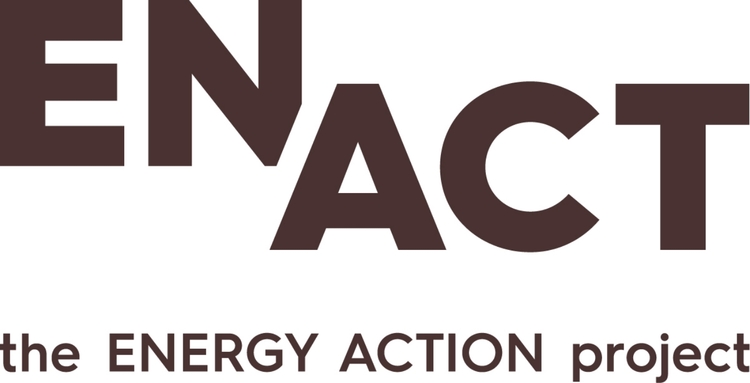On Saturday, 16 May 2016, an unexpected – but not completely unusual – snowstorm hit the Dog Paw First Nation, a community of about 200 people who live in what's known as Northwest Angle #33. The 'reserve', as land set aside for Aboriginals in Canada is known, is about 1 900 km north and west of Toronto, Ontario.
Also not completely unusual was the fall-out.
Cold temperatures and low-quality housing put Ontario's First Nations communities at extra risk for fuel poverty. This photo is of the Attawapiskat community. (Source: Toronto Star).
“We ended up with a mass hydro* [electricity] disconnection for four cold, snowy days," says Dog Paw Chief Darlene Comegan, also explaining that because employment opportunities in the area are low, many in the community depend on Social Assistance (welfare). "The assistance doesn’t really cover the full cost of shelter because they have to think about their rent and the hydro. And sometimes they have to pay the hydro instead of the rent.”
The tactic Ms. Comegan pursued for restoring power in the emergency was also not unheard of among First Nations communities. The Band Council reached out Hydro One (the utility company) and agreed to pay all the outstanding bills. By the end of the fourth day, everyone had their power restored.
“We don’t want people to go without power, especially where there’s children involved," says Ms. Comegan. But she recognises that 'band-aid' solutions fall far short of solving the problem.
"It just doesn’t make sense to me that the cost of hydro can be so high when it’s a necessity,” she says. In relation to the key factors in fuel poverty – income level, housing quality and energy prices – many First Nation communities are triply disadvantaged, all year round.
Over time, the combination of being cold at home and unable to make ends meet financially becomes a chronic condition. For some – like Steve Fobister Sr., whose story is in the INDEPTH link – it spirals wildly out of control, to the point of being debilitating.
* A striking feature across Canada is how often people refer to their 'hydro' bill, reflecting that at the national level, hydropower accounts for 63% of power generation. In fact, the generation mix varies widely by province.

